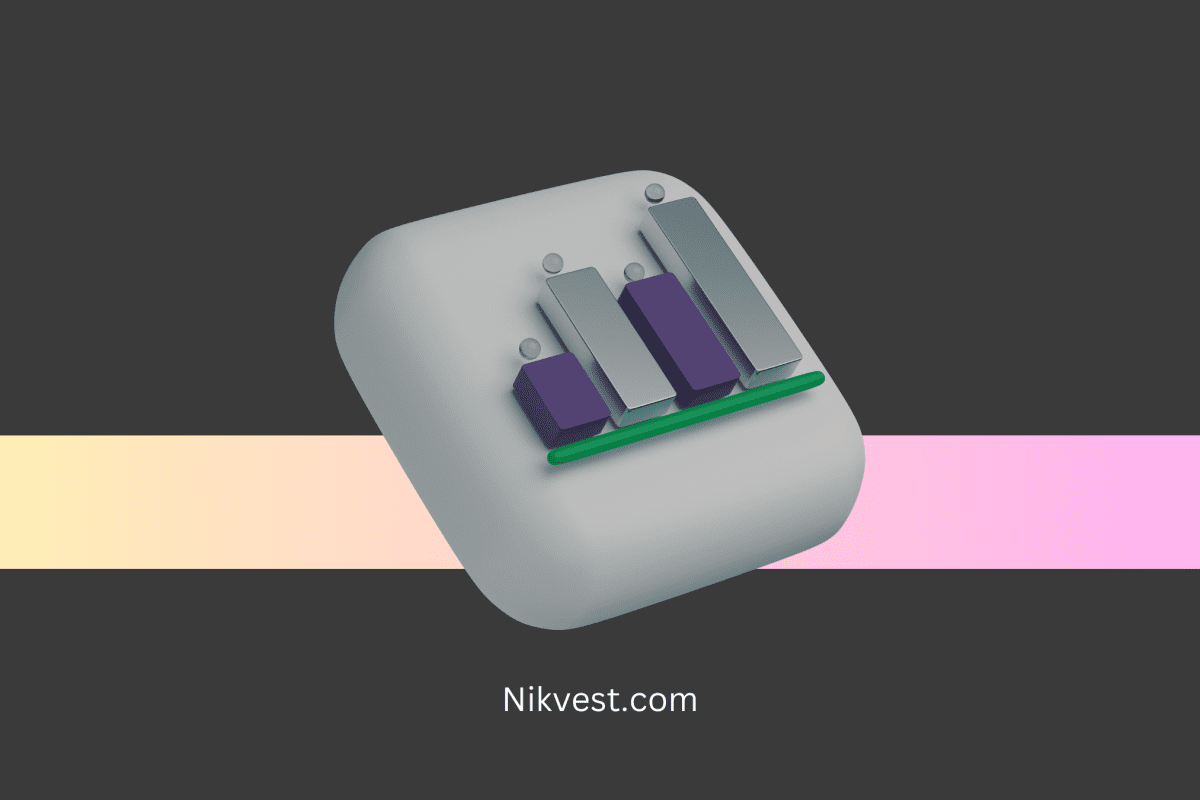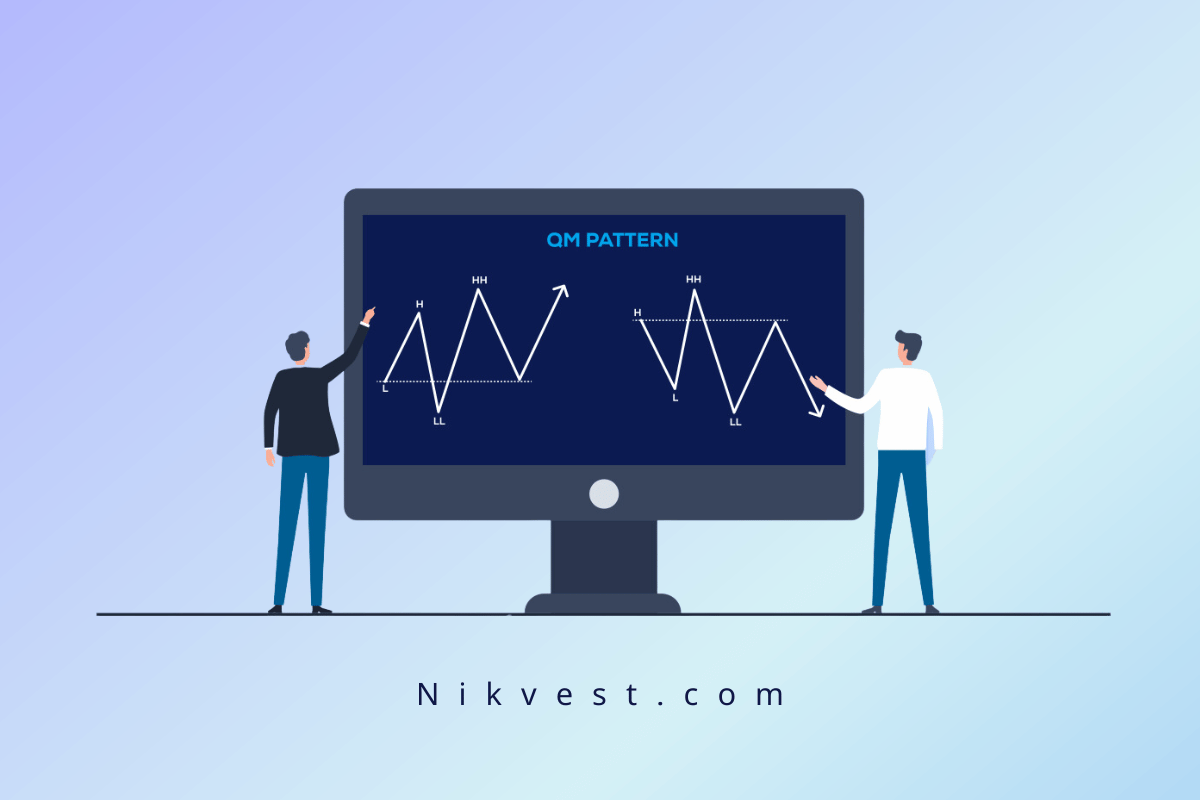Range Trading Strategy: A Comprehensive Guide
Range trading is one of the most commonly used trading strategies due to its simplicity and adaptability. It’s particularly effective during periods of market consolidation when price movements are relatively stable, bouncing between defined levels of support and resistance. This strategy allows traders to capitalize on predictable price swings in different markets, such as stocks, forex, commodities, and cryptocurrencies. However, like any trading strategy, it comes with its set of risks and requires careful planning and analysis. In this article, we’ll explore what range trading is, the types of assets suitable for it, key strategies, the role of support and resistance, and how tools like volume and moving averages can be used to enhance its effectiveness. We’ll also dive into the risks associated with range trading and how market movements can impact this trading method.
What is Range Trading, and How Does It Work?
Range trading is a trading strategy that capitalizes on the predictable price movements of an asset between defined support and resistance levels. In other words, it involves buying an asset when it reaches the support level (the lower bound of the range) and selling it when it approaches the resistance level (the upper bound). The assumption behind range trading is that the price will continue to fluctuate within these levels, providing repeated opportunities to trade.
In this strategy, traders aim to exploit the price’s natural oscillation within the range. However, it requires identifying an established range in which an asset’s price has shown consistent behavior over time. When price action remains confined to these boundaries, traders use technical analysis tools to determine the optimal points for entry and exit.
Range trading is a particularly appealing strategy for traders who prefer to avoid the risks associated with volatile, trending markets. It works best during periods of consolidation, where the market lacks a definitive direction.
What Types of Assets Are Suitable for Range Trading?
Range trading can be applied to a wide variety of assets, from traditional equities to modern digital currencies. However, it works best with assets that exhibit periods of price stability. Here are some of the most common assets suitable for range trading:
– Forex (Foreign Exchange): Forex pairs, such as EUR/USD or GBP/USD, often experience range-bound movements, especially during times of low volatility in the market.
– Stocks: Certain stocks may trade within a defined range for extended periods, especially when market sentiment is neutral, or the company has no major news or catalysts driving its price movement.
– Commodities: Commodities like gold, silver, and oil can exhibit range-bound behavior, especially when global economic conditions are steady or during times of low geopolitical tension.
– Cryptocurrencies: Bitcoin and other cryptocurrencies can also range trade during periods of market stagnation or when market participants await significant events like regulatory updates or technological advancements.
What is a Breakout from a Trading Range?
A breakout occurs when the price of an asset moves outside of the established range, either breaching the resistance level to the upside or falling through the support level to the downside. Breakouts can signal a significant shift in market sentiment or the emergence of a new trend, offering traders an opportunity to capitalize on a larger price move.
There are two types of breakouts to consider:
- Bullish Breakout: When the price breaks above the resistance level, it may indicate the beginning of an upward trend.
- Bearish Breakout: When the price falls below the support level, it signals a potential downward trend.
While breakouts can present lucrative opportunities, they also come with risks. False breakouts, where the price temporarily breaks through support or resistance only to return to the range, can lead to losses if traders prematurely enter a trade. To mitigate this, traders often look for confirmation signals, such as increased volume, to validate a breakout.
How Can a Range Trade Be Structured or Executed?
Setting up a range trade involves several steps to ensure effective execution:
-
Identifying the Range
The first step in range trading is to identify a clear range where an asset’s price consistently bounces between a support and resistance level. This can be done through technical analysis, using tools like trendlines or horizontal lines on a price chart. Historical price patterns and trading indicators, such as Bollinger Bands, can also help identify these ranges.
-
Entry and Exit Points
Once the range is established, traders plan their entry and exit points. Typically, traders will buy an asset near the support level and sell it near the resistance level. Conversely, they might sell (or short) an asset near resistance and close the trade near support if they are betting on a price drop.
-
Setting Stop-Loss Orders
Since price can break out of the range unexpectedly, stop-loss orders should be placed to limit potential losses. A stop-loss order is an automatic instruction to exit a trade once the price moves beyond a certain threshold. In range trading, stop-losses are usually set just outside the support or resistance level.
-
Taking Profit
Traders often set take-profit orders at the opposite end of the range (support or resistance) to lock in profits once the asset reaches the desired price point.
What Are the Potential Risks and Drawbacks of Using a Range Trading Strategy?
While range trading can be a profitable strategy, it does come with inherent risks and limitations:
-
False Breakouts
One of the most common risks in range trading is the occurrence of false breakouts. These happen when the price briefly moves beyond the support or resistance level, giving the appearance of a breakout, only to return to the range. False breakouts can trigger stop-loss orders or lead to poor entry decisions, resulting in losses.
-
Limited Profit Potential
Since range trading relies on price movements within a confined range, the potential for profit is capped by the distance between support and resistance. This can make range trading less appealing during periods of high volatility when larger price swings could offer more substantial gains.
-
Market Changes
External factors like macroeconomic events, earnings reports, or geopolitical developments can suddenly cause a breakout, invalidating the range and leading to unexpected losses. Range trading is not suitable for highly volatile markets or when significant market-moving events are expected.
-
Psychological Challenges
Range trading requires discipline and patience. Traders may be tempted to exit trades prematurely or chase breakouts, leading to reduced profits or losses.
What Are Some Effective Strategies for Range Trading?
Several strategies can be employed to maximize the effectiveness of range trading:
-
Buying at Support and Selling at Resistance
This is the most straightforward range trading strategy. Traders enter a long (buy) position near the support level, expecting the price to rise toward resistance. Conversely, they take short (sell) positions near the resistance level, anticipating a decline toward support.
-
Fading Breakouts
Fading breakouts involves betting that a breakout will fail and the price will return to the range. Traders use this strategy when they believe that the price movement beyond support or resistance is temporary.
-
Using Oscillators
Oscillators such as the Relative Strength Index (RSI) and Stochastic Oscillator can help identify overbought and oversold conditions within a range. When these indicators show the asset is overbought near resistance, traders may consider shorting the asset. Conversely, if the asset is oversold near support, it could be a buying opportunity.
-
Combining with Trendlines
In some cases, trendlines can form within a range, offering additional clues for entry and exit points. Traders can look for confluence between horizontal support/resistance and trendlines to strengthen their strategy.
How Do Support and Resistance Levels Play a Role in Range Trading?
Support and resistance are the cornerstones of range trading. These levels are critical to identifying where an asset’s price will likely reverse within the range. Traders use support to define where they’ll buy and resistance to define where they’ll sell.
-
Support
Support is the price level where demand for the asset increases, preventing the price from falling further. Traders will enter buy positions here, assuming that the price will rise.
-
Resistance
Resistance is the price level where selling pressure increases, preventing further price increases. Traders will enter sell positions here, expecting the price to fall.
Support and resistance levels can be identified using historical price data, trendlines, or psychological price points where the market has shown sensitivity before.
How is Trading Volume Used to Inform Range Trading Decisions?
Volume is a critical tool in range trading, as it provides insight into the strength or weakness of a price movement. High volume near support or resistance indicates that the level is likely to hold, while low volume suggests that the price may not have the momentum to sustain its movement.
-
Confirming Price Movements
A price move toward support or resistance accompanied by increasing volume suggests that the level will hold, and the price will reverse within the range. On the other hand, a move with low volume may indicate weakness and the potential for a breakout.
-
Validating Breakouts
Breakouts on high volume are more likely to be valid and sustained.Breakouts with high volume are more likely to signal a strong move beyond the established range, whereas breakouts on low volume may be less reliable and more prone to reversal. Traders often look for a significant increase in volume to confirm that a breakout is genuine, reducing the risk of entering false breakout trades.
Volume can also serve as an early warning sign. For example, if the price is approaching support or resistance but the volume is decreasing, this may suggest that the level is weakening, and a breakout could occur soon. Conversely, increasing volume at these levels can imply that the price will remain within the range, offering traders an opportunity to buy at support or sell at resistance.
How Can Moving Averages Be Integrated into a Range Trading Approach?
Moving averages are a widely used technical indicator that can be integrated into a range trading strategy to enhance decision-making. Moving averages smooth out price data to create a clearer view of the market’s general direction. In range trading, they can help identify trends or signal potential breakouts when used alongside other indicators.
-
Using Moving Averages for Trend Identification
Even within a range, assets may display short-term trends. For example, prices may be moving slightly upwards within the range, forming a minor uptrend, or slightly downwards, creating a downtrend. A short-term moving average, such as the 20-day or 50-day moving average, can help traders identify these micro-trends.
If the price is above the moving average, it may signal a short-term bullish trend within the range, suggesting that buying at support could be more favorable. Conversely, if the price is below the moving average, it may indicate a bearish trend, favoring sell positions near resistance.
-
Dynamic Support and Resistance
Moving averages can also act as dynamic support and resistance levels within a range. For example, if the price consistently bounces off a 50-day moving average during its fluctuations within the range, traders may use this level as an additional layer of support or resistance. When the price approaches this moving average, it can signal an entry or exit point for the trade, depending on whether the price is bouncing off it or breaking through it.
-
Breakout Signals
When the price crosses a significant moving average, such as the 200-day moving average, it can signal the start of a breakout. A crossover of a shorter-term moving average (e.g., 50-day) with a longer-term one (e.g., 200-day) may also suggest a strong shift in market sentiment. Traders can use moving averages to confirm breakouts and potentially exit range trades in favor of trend-following strategies.
How Would You Go About Setting Up a Range Trade?
Setting up a range trade requires careful analysis and planning to ensure the best possible outcome. Here’s a step-by-step guide for structuring a range trade:
-
Identify the Range
The first step is to identify an asset that is currently trading within a defined range. Use technical analysis tools to spot key support and resistance levels where the price has previously reversed. These levels form the boundaries of the range.
Look for historical price patterns where the asset has moved consistently between support and resistance. This may require analyzing charts over different time frames to ensure the range is well-established and not a short-term anomaly.
-
Plan Entry and Exit Points
Once the range is identified, the next step is to plan your entry and exit points. Typically, you’ll want to buy near the support level and sell near the resistance level, expecting the price to continue moving within the range.
If you’re planning to short the asset, the reverse strategy applies. You would sell near resistance and buy back near support to capitalize on the price decline.
-
Use Stop-Loss Orders
Risk management is crucial in range trading, especially since breakouts can occur unexpectedly. To protect yourself from large losses, set stop-loss orders slightly beyond the support or resistance level.
For example, if you’re buying near support, you might place a stop-loss just below that level. This ensures that if the price breaks below support and the range is invalidated, you automatically exit the trade with minimal loss.
-
Set Take-Profit Orders
Just as stop-loss orders help limit your risk, take-profit orders can help secure your gains. Once the price approaches the opposite end of the range, you can set a take-profit order to lock in your profits. For example, if you’ve bought at support, place a take-profit order near the resistance level.
-
Monitor Volume and Other Indicators
As you execute the trade, continue to monitor volume and other technical indicators to ensure that the range remains valid. Increasing volume near support or resistance can confirm that the price will likely stay within the range. Conversely, a drop in volume might signal that a breakout is imminent, prompting you to exit the trade or adjust your strategy accordingly.
How Do Market Movements Influence the Effectiveness of Range Trading?
Range trading is most effective during periods of market consolidation when the asset’s price is oscillating between support and resistance with no clear trend in either direction. However, various market movements can influence the effectiveness of a range trading strategy.
-
Market Volatility
High volatility can significantly impact the success of range trading. In volatile markets, price movements tend to be more unpredictable, often resulting in sudden breakouts beyond the established range. This can lead to more false signals and stop-loss triggers, reducing the profitability of range trading.
On the other hand, low volatility markets are ideal for range trading since prices tend to remain within their defined boundaries for extended periods, offering more consistent opportunities to trade within the range.
-
Economic Data and News
Major economic events, such as interest rate decisions, employment reports, or geopolitical developments, can disrupt market stability and cause breakouts. For instance, a surprising earnings report for a company could lead to a sudden surge in its stock price, breaking through established resistance and invalidating the range.
Range traders must be aware of upcoming economic data releases or news events that could influence the market. Many traders avoid range trading around such events to reduce the risk of sudden market movements.
-
Market Trends
In trending markets, range trading becomes less effective because prices tend to break out of the range more frequently. A strong upward or downward trend will invalidate the range and diminish the effectiveness of buying at support and selling at resistance.
In such cases, traders may switch to trend-following strategies or wait for the market to consolidate again before resuming range trading. It’s important to assess the overall market conditions regularly to ensure that range trading remains viable.
Conclusion
Range trading is a versatile and popular strategy that allows traders to profit from predictable price movements within defined levels of support and resistance. By buying at support and selling at resistance, traders can take advantage of periods of market consolidation when prices oscillate within a confined range.
While range trading offers numerous opportunities, it also comes with risks, including false breakouts, limited profit potential, and sudden market shifts due to external factors. Traders must carefully plan their entry and exit points, use stop-loss and take-profit orders, and monitor volume and other indicators to ensure the strategy’s success.
By integrating tools such as moving averages and trading volume, range traders can enhance their decision-making process and improve the likelihood of identifying valid breakouts or maintaining trades within the range. However, understanding how market movements affect range trading is key to minimizing risks and maximizing gains.




















































